Where’s the Grass Fed Beef?
August 3, 2011
Congratulations for having one week of yeast-free eating under your belt! I hope you are having great success on Yeast-Free with Me and remember it’s not too late to join us. Just send an email to the Yeast-Free with Me Team and we’ll help you get started! Soon you will begin to have more energy and eradicate the symptoms of yeast overgrowth.
Besides avoiding sugar and yeast, there are many other things to take into consideration when trying to eat optimally. Today, I would like to focus on the benefits of grass-fed beef.
Eating beef that comes from grass-fed cattle is more nutritious than eating beef that comes from grain-fed cattle. Did you know that grass-fed cattle produce beef that is lower in total fat than skinless chicken? When meat is lean, it can help lower your low-density lipoprotein (LDL) cholesterol.
, Grass-fed beef is also higher in Omega-3 fatty acids than grain-fed beef. Those who eat diets rich in Omega-3’s are less likely to suffer from depression, schizophrenia, attention deficient disorder or Alzheimer’s disease. Omega-3’s are most abundant in seafood, flaxseeds and walnuts, but grass-feed beef is a good source too.
Grass-fed beef has five times as much conjugated linoleic acid (CLA) compared to grain-fed beef. CLA is one of our most potent defenses against cancer. I also prefer grass-fed beef because grain-fed cattle have an altered pH stomach acid and because the longer cattle are fed grain, the more the vitamin content decreases in the beef.
The only process better than grass-fed beef would be organic grass-fed. Just buying organic beef could mean the animal is fed an organic grain feed which would negate the benefits of being grass-fed.
I am aware of an excellent source where you can obtain grass-fed beef. It is our privilege and pleasure to have Debbie Janak, R.N., FNP-C on our team as a nurse practitioner at Hotze Health & Wellness Center. Debbie Janak and her husband, Mack, own and run a working farm outside of Houston where they raise grass-fed cattle.
, Mack was raised on a dairy farm, drinking raw milk straight from a cooler. He was eating grass-fed beef before it was the trend. I guess that’s kind of like being “country, when country wasn’t cool”. Mack’s mother was even juicing carrots and giving him vitamin C back then.
One interesting fact about Mack is that in 1998 he raised 10 bottle baby cows. Every cow since then has come from these 10 babies. Mack and Debbie raise grass-fed cattle and raise them humanely. Their cattle are hormone and antibiotic-free – No GMO corn, bone meal or animal by-products. Debbie and Mack tell us that shipping calves is as stress-free as possible as their cattle are accustomed to seeing humans, being handled, and do not get scared when Mack and Debbie drive up. Stressed cattle produce tough, dark colored meat.
The Janak’s process cattle humanely, one calf at a time by a skilled butcher, at a small processing plant near their home. Mass scale slaughter is done by unskilled laborers; this is where cross contamination with E-coli happens.
The meat is dry hung for 14 days, which allows natural occurring enzymes to tenderize the beef prior to processing, and then it is cut to specification. Since calves are processed individually, the meat does not need to be irradiated to kill off bacteria. Irradiation causes changes in the meat proteins, the release of free radicals, 5-80 percent loss of vitamins, and damages the natural digestive enzymes found in raw foods.
For additional information on grass-fed beef, you may e-mail Debbie and Mack Janak at or call 979-263-5160.
Categories: Blog




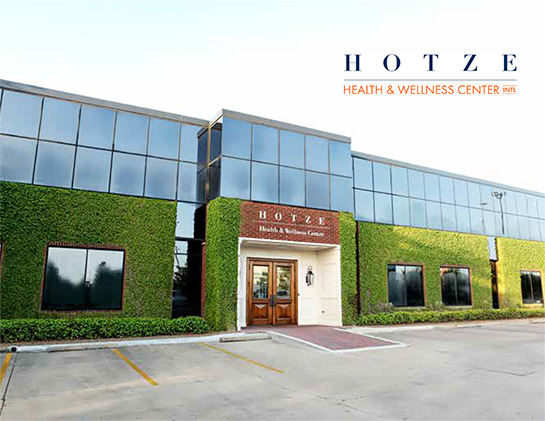


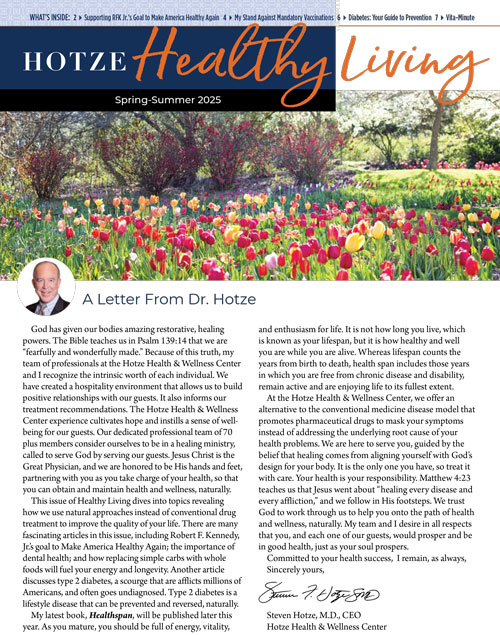
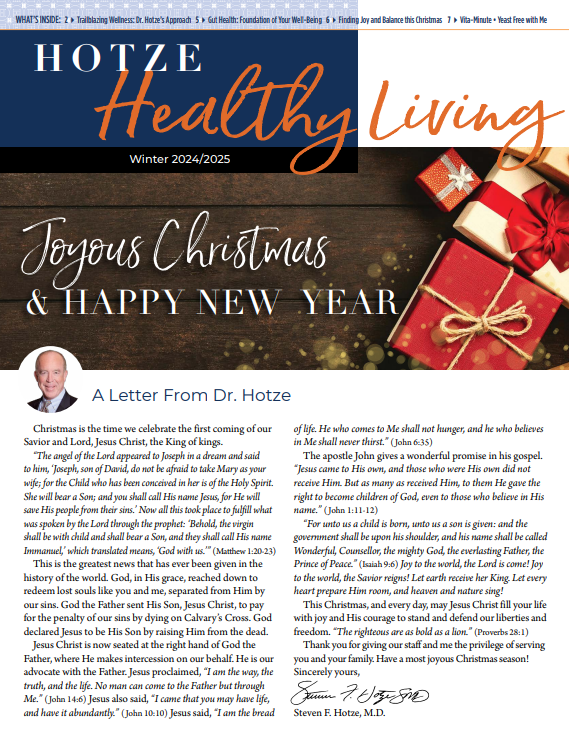
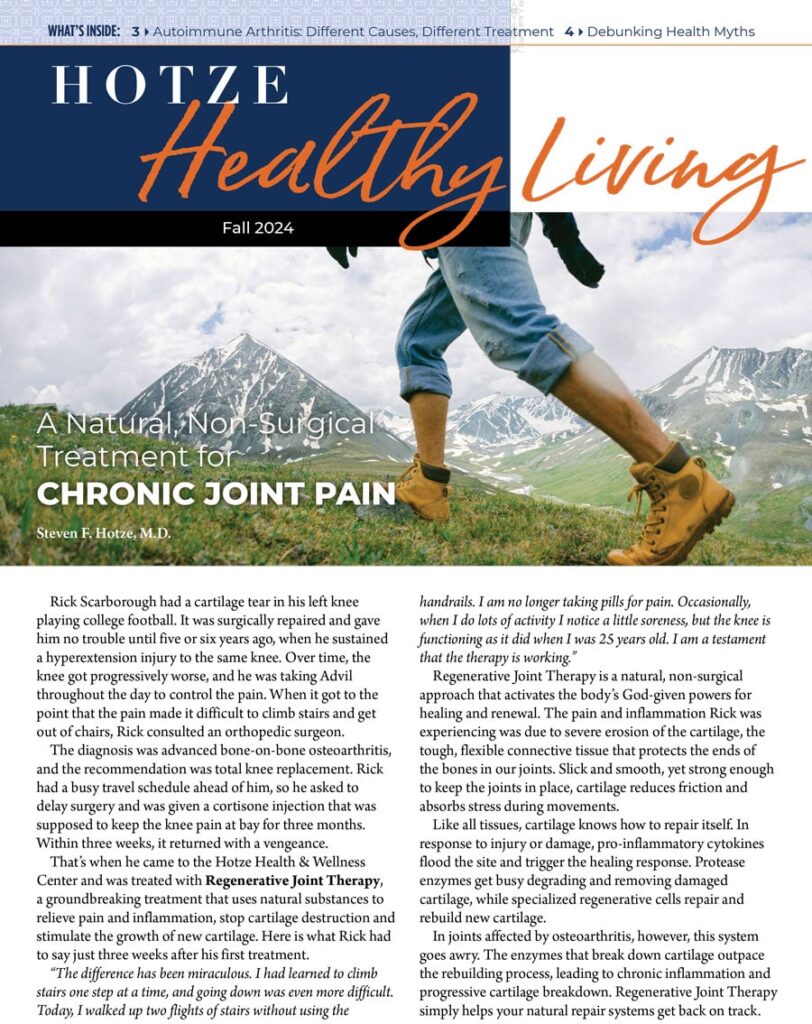



 Natural Hormone Replacement E-book
Natural Hormone Replacement E-book What You Should Know About Adrenal Fatigue E-book
What You Should Know About Adrenal Fatigue E-book The Thyroid and Hormone Connection E-book
The Thyroid and Hormone Connection E-book






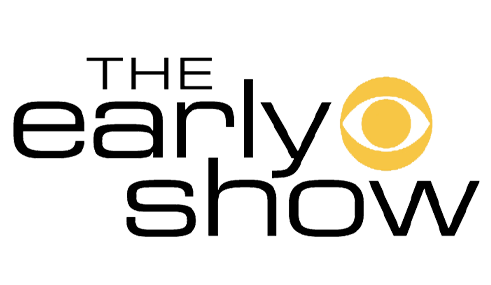



Leave a Reply